At Coastal Maine Botanical Gardens, we are renovating our entry walk to the Visitor Center and one of the large beds along the Great Lawn. We have another really cool, top-secret project in the works that I hope to fill you in on sooner than later. In the planting beds around the Visitor Center and Great Lawn, we are featuring a host of annual and perennial plants that really draw in various pollinators. The theme of our educational programming at CMBG this summer is on pollinators so we are tying in the plantings around the gardens to suit this theme.
This week, I am doing “take-offs” to determine the number of plants we need to order from various nurseries. I;m always nervous about being able to secure the newest and best plants. Hoping the nurseries don’t sell out of what we want to plant in the gardens.
Here are 5 new plants that I am looking forward to using in the gardens this summer here in Maine:
Lavandula x intermedia ‘Phenomenal’ (above)
Every time I come across this Peace Tree Farms introduction in nursery catalogs, the writers rave about its flowers, growth, and winter hardiness. It is supposed to be at least a 2′ x 2′ mound of phenomenal, lavender goodness.
Agastache ‘Ava’
Along with snowbirds from Florida and Texas, we get our fair share of hummingbirds in Maine during August. This hummingbird magnet is getting a lot of stage time at CMBG this summer. Ava’s hummingbird mint will grow 4-5′ in height with deep rose pink flowers and red calyces. These calyces are persistent so even after the flowers drop, you will get the bright red color until a deep frost. Ava is a High Country Gardens introduction and a hybrid of Agastache cana and Agastache barberi.
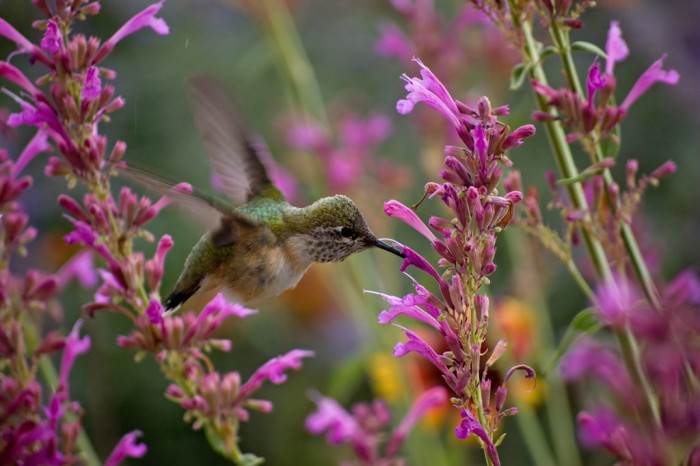
Digitalis ‘Pam’s Split‘
When it comes to watching others dance, I want some sort of chemistry between the partners. One of my favorite dance scenes is with Jennifer Lawrence and Bradley Cooper in Silver Linings Playbook. So when it came to picking a dance partner with Agastache ‘Ava,’ I was looking for another plant that would work well with her. The deep red throat of ‘Pam’s Split’ will serve as a nice anchor for ‘Ava’ and her bright colors. Foxgloves also are pretty stout and erect while the hummingbird mints tend to move with the winds. As in ballroom dancing, it is gorgeous when the lead is erect, yet stiff while the lady is free flowing and the center of attention.
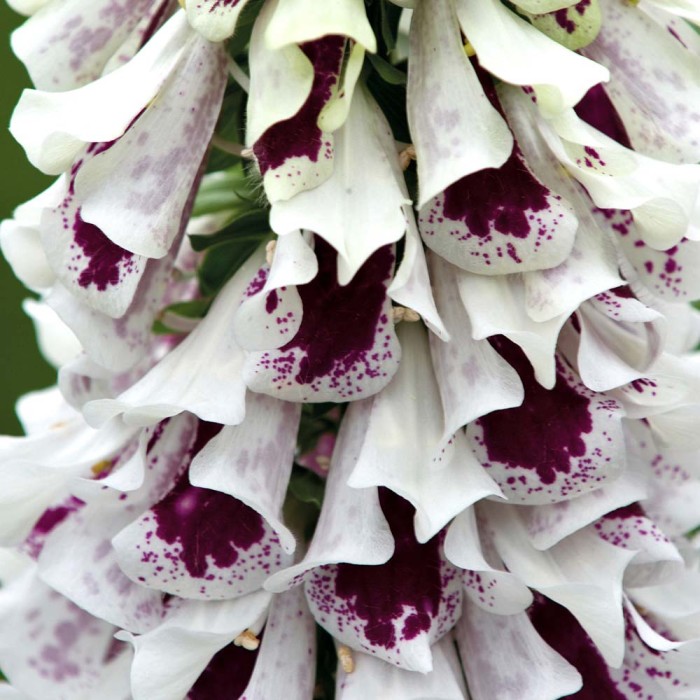
Thermopsis chinensis ‘Sophia’
Thermopsis is one of the Rodney Dangerfield’s of the plant world. No respect. Since I’ve lived 41 years as a Rodney, I have a special place in my heart for analogous plants.
As hard as I have tried, Thermopsis caroliniana (a native plant to much of the eastern USA also known as thermopsis villosa) has never looked as I wanted it to in the garden. Thermopsis ‘Sophia’ is a North Creek nursery introduction and an improvement on the standard false lupine. It also gives us a chance to showcase a lupine-like flower in a spot where we actually want it to grow. The west coast lupines have been difficult for us to cultivate in spots where we want them to grow. If you drive through Maine in early summer, you will see the roadsides covered with the west coast lupines which is really frustrating as a gardener because it never grows as well where you want it to.
Salvia pratensis ‘Rose Rhapsody’
The name conjures up blue music by Gershwin but this meadow clary sage has light pink flowers. ‘Rose Rhapsody’ was introduced by Jelitto seeds and can be started from seed. This sage can be differentiated from others with its large leaves that tend to grow towards the base. The flowers occur on stalks that emerge from the foliage around the early summer are a draw for bees and butterflies. By deadheading ‘Rose Rhapsody’ you can prolong flowering through frost. As with most sages it tends to be left alone by the deer.
Other Plant-y posts to inspire your garden selections:
Images: Wayside Gardens, The Good Red Road, Saunders Brothers, Thompson and Morgan, Northcreek Nursery, Jardins Michel Corbeil
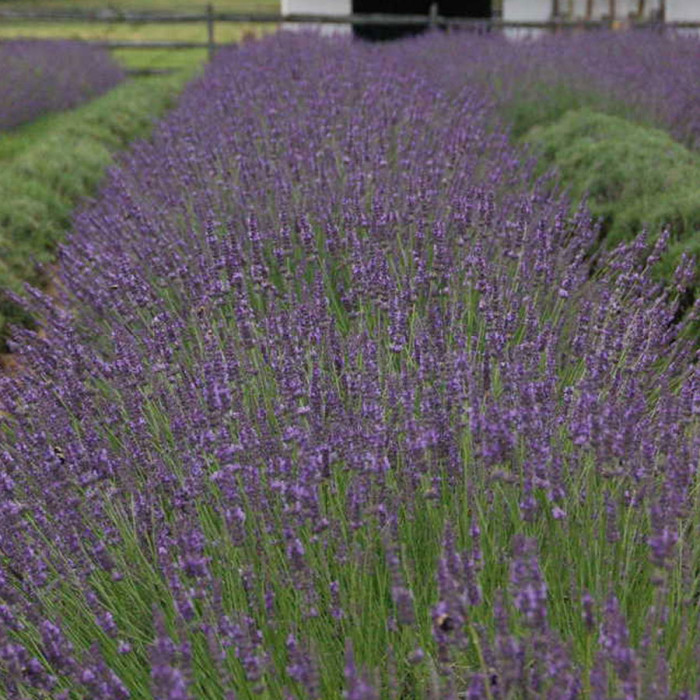
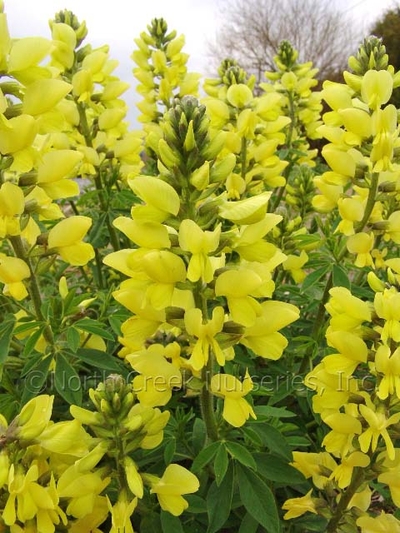
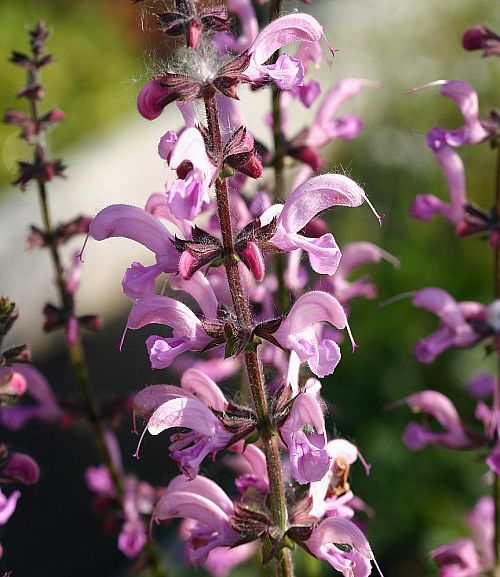
+comments+